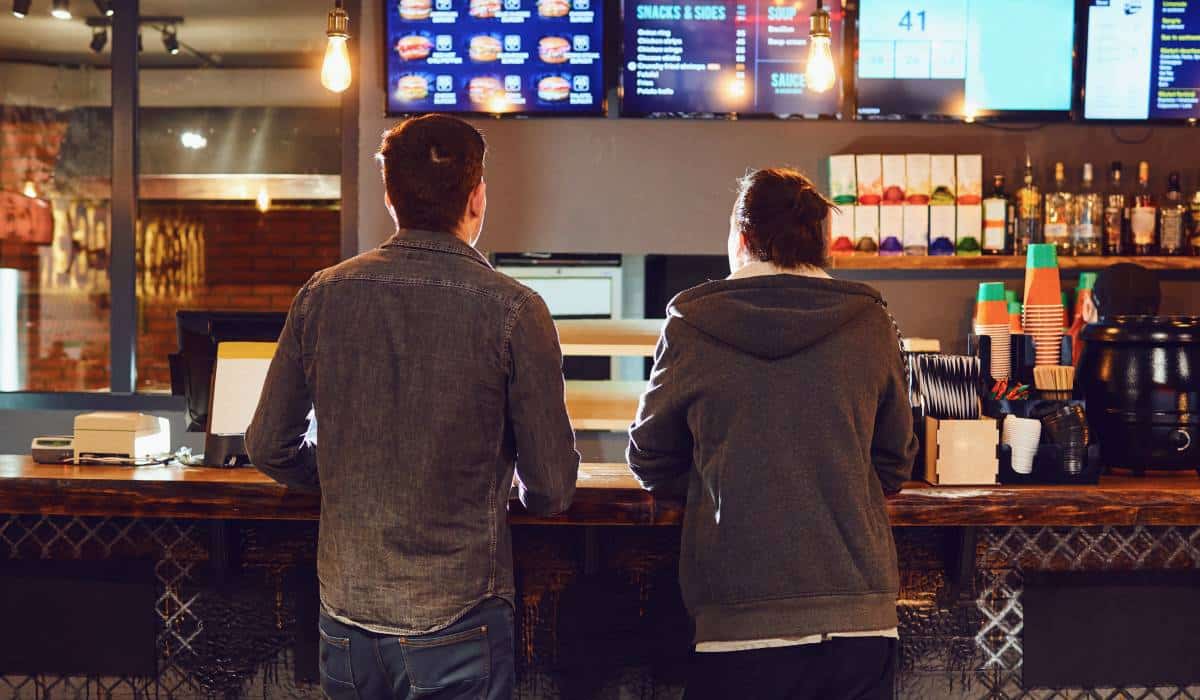Editor’s note: This is part two of a five-part series on practical pricing pointers. In the next story, we’ll talk about how to use the concepts of perceived fairness to successfully apply demand-based pricing.
According to the National Restaurant Association’s 2022 State of the Restaurant Industry Report, 90 percent of U.S. operators reported higher food costs than in 2019, 80 percent stated they have higher labor costs and 60 percent have been experiencing higher occupancy costs. Not surprisingly, 80 percent of operators added their profits are down from pre-pandemic levels.
The burning question is what to do to increase (or in some cases achieve) profitability given that costs have increased?
The perceived fairness research that we talked about in the first part of this five-part series on pricing indicates that customers believe that companies are entitled to make a fair profit, but in return that customers should get a reasonable price. Based on this, the researchers found that customers are fine with companies increasing their prices when costs go up.
This sounds good, but how should you go about this? Luckily, there have been some other interesting studies that help shed some light on this.
Lisa Bolton and Joseph Alba found that customers distinguish among types of cost increases. For example, customers view price hikes because of increases in cost of goods sold (in our case, food!) and labor to be fair, but were mixed in their feelings about price increases due to higher occupancy costs. Part of this may come from the fact that customers can see that the food and labor costs directly affect the cost of producing a menu item. On the other hand, occupancy cost increases are a bit harder for customers to assign to specific menu item costs, so aren’t considered very fair.
OK, simple enough, but let’s look at another study that Lisa Bolton worked on. She and her co-authors looked not only at the impact of cost increases on the perceived fairness of a higher price, but also at the relative market power that a company had.
Basically, if a company was seen as not having much market power, price increases because of cost increases were considered to be fair.
But, if the company was perceived to have a lot of market power, customers viewed the price increase as exploitive and that the company should have figured out a way to control their prices.
The net result is that these findings are good news for independent restaurants and small chains. Bolton and her colleagues recommend that managers let their customers know that costs have increased. Basically, customers know that you’re in a vulnerable position and don’t have much control over these costs.
Their findings may place larger brands at a competitive disadvantage since customers believe that the company is taking advantage of them when they raise prices. As a result, if you’re with a larger brand, you need to tread carefully. One possibility that the authors suggest is to make your customers aware that the cost increases are outside of your control. For example, Amazon recently announced that the cost of their Prime membership was going up because of the increased costs of shipping and labor.
The key takeaways of this article are:
It’s OK to increase your prices if your food and labor costs increase. But, it’s not a good idea to increase prices because of higher occupancy costs.
The market power of your restaurant matters:
- If you’re at a smaller restaurant, your customers understand that you don’t have much control over your food and labor costs. Let them know that your costs have gone up.
- If you’re with a large brand, make sure to let your customers know that you don’t have any control over the increased costs. If you don’t do this, customers may view you as trying to take advantage of them.
Sherri Kimes (sherrikimes.com) is an Emeritus Professor at the Hotel School at Cornell and specializes in pricing and revenue management. She is passionate about helping restaurants increase profitability. She can be reached at sk@sherrikimes.com.













